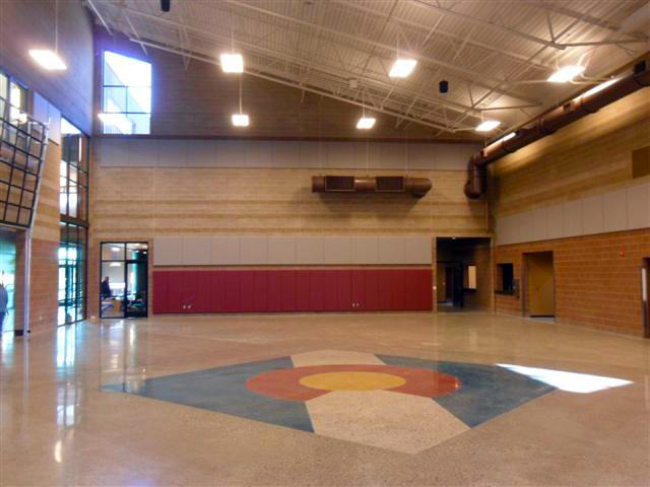To seal, or not to seal, is it even a question?
I cut my teeth in the natural stone industry as a boy working weekends and over the summer break with my dad and grandfather’s marble, granite, and terrazzo installation and refinishing business, and every floor we did received a penetrating sealer for stain protection.
Today we use very similar equipment, tooling, and processes for the polished concrete industry with the basic techniques being the same as polishing natural stone; start with a course diamond to remove minor surface imperfections and create a uniform scratch pattern, then run progressively finer grit diamonds to remove the previous scratch until you achieve the desired sheen or shine you are looking for.
One of the main differences that I have seen with polished concrete that I did not see with natural stone is the use of densifiers/hardeners. Densifer/hardener is a water based reactive silica that is designed to react with the free lime and calcium to help dustproof by lining the capillaries of the concrete, thus adding density to the concrete, or “densifying”. Some manufacturers started putting silicone into their densifiers to add water repellency, which works well for a short period of time when used as a topical application.
The problem comes into play when the densifiers is used as part of a diamond grind and polish process because the densifier is ground off the surface during the polishing steps leaving exposed concrete that is not protected. But even if the densifier is applied after the polishing steps it still does not have the sealing properties that a true sealer must have.
There are to distinct classes of sealers for polished concrete penetrating and film forming. For several years the film forming versions have been very popular since it was required to lock in colored dyes and stains, but the drawback being they create a wear surface that has to be maintained often times including yearly reapplications. Today there are penetrating sealers that can lock in color, provide stain protection, and not create a topical film or wear surface; thus allowing polished concrete which is very durable to be the wear surface.
Polished concrete with a penetrating sealer is much easier to maintain, protects from stains better than densifier or no sealer at all, and has a lower life cycle cost. For me it’s not even a question for my polished concrete floor…I am going to protect my investment with a penetrating sealer.



